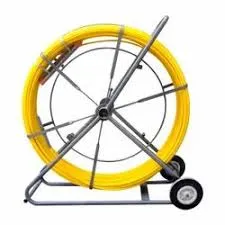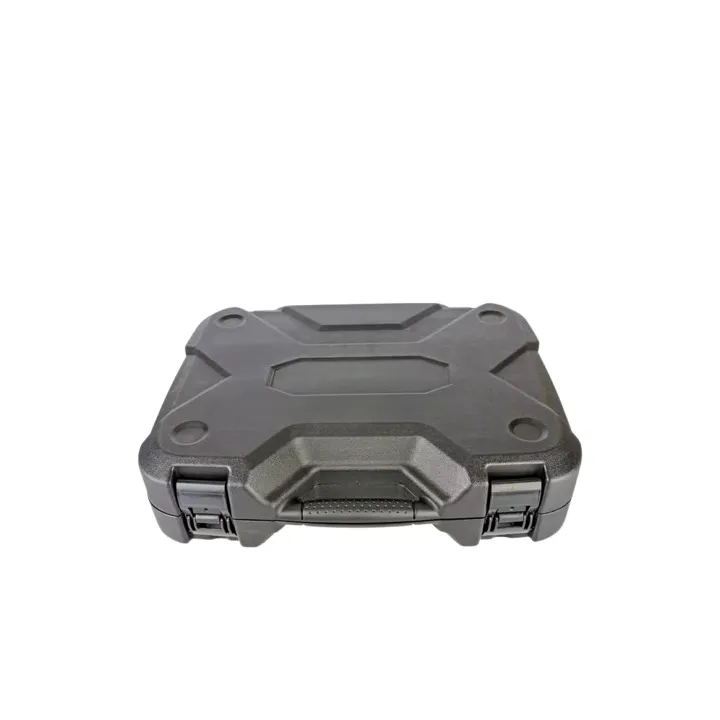
-
 Afrikaans
Afrikaans -
 Albanian
Albanian -
 Amharic
Amharic -
 Arabic
Arabic -
 Armenian
Armenian -
 Azerbaijani
Azerbaijani -
 Basque
Basque -
 Belarusian
Belarusian -
 Bengali
Bengali -
 Bosnian
Bosnian -
 Bulgarian
Bulgarian -
 Catalan
Catalan -
 Cebuano
Cebuano -
 Corsican
Corsican -
 Croatian
Croatian -
 Czech
Czech -
 Danish
Danish -
 Dutch
Dutch -
 English
English -
 Esperanto
Esperanto -
 Estonian
Estonian -
 Finnish
Finnish -
 French
French -
 Frisian
Frisian -
 Galician
Galician -
 Georgian
Georgian -
 German
German -
 Greek
Greek -
 Gujarati
Gujarati -
 Haitian Creole
Haitian Creole -
 hausa
hausa -
 hawaiian
hawaiian -
 Hebrew
Hebrew -
 Hindi
Hindi -
 Miao
Miao -
 Hungarian
Hungarian -
 Icelandic
Icelandic -
 igbo
igbo -
 Indonesian
Indonesian -
 irish
irish -
 Italian
Italian -
 Japanese
Japanese -
 Javanese
Javanese -
 Kannada
Kannada -
 kazakh
kazakh -
 Khmer
Khmer -
 Rwandese
Rwandese -
 Korean
Korean -
 Kurdish
Kurdish -
 Kyrgyz
Kyrgyz -
 Lao
Lao -
 Latin
Latin -
 Latvian
Latvian -
 Lithuanian
Lithuanian -
 Luxembourgish
Luxembourgish -
 Macedonian
Macedonian -
 Malgashi
Malgashi -
 Malay
Malay -
 Malayalam
Malayalam -
 Maltese
Maltese -
 Maori
Maori -
 Marathi
Marathi -
 Mongolian
Mongolian -
 Myanmar
Myanmar -
 Nepali
Nepali -
 Norwegian
Norwegian -
 Norwegian
Norwegian -
 Occitan
Occitan -
 Pashto
Pashto -
 Persian
Persian -
 Polish
Polish -
 Portuguese
Portuguese -
 Punjabi
Punjabi -
 Romanian
Romanian -
 Russian
Russian -
 Samoan
Samoan -
 Scottish Gaelic
Scottish Gaelic -
 Serbian
Serbian -
 Sesotho
Sesotho -
 Shona
Shona -
 Sindhi
Sindhi -
 Sinhala
Sinhala -
 Slovak
Slovak -
 Slovenian
Slovenian -
 Somali
Somali -
 Spanish
Spanish -
 Sundanese
Sundanese -
 Swahili
Swahili -
 Swedish
Swedish -
 Tagalog
Tagalog -
 Tajik
Tajik -
 Tamil
Tamil -
 Tatar
Tatar -
 Telugu
Telugu -
 Thai
Thai -
 Turkish
Turkish -
 Turkmen
Turkmen -
 Ukrainian
Ukrainian -
 Urdu
Urdu -
 Uighur
Uighur -
 Uzbek
Uzbek -
 Vietnamese
Vietnamese -
 Welsh
Welsh -
 Bantu
Bantu -
 Yiddish
Yiddish -
 Yoruba
Yoruba -
 Zulu
Zulu


TEL:
0086-311-88862036
Feb . 13, 2025 13:21 Back to list
cable pulling winch
The I-beam winch stands as a pivotal tool in various industrial and construction settings, revered for its durability, precision, and efficiency. Its design, rooted in mechanical engineering excellence, allows for the seamless lifting and transporting of heavy materials, crucial in projects demanding rigorous material handling. Understanding the nuances of I-beam winches not only benefits operational efficiency but also enhances workplace safety—a paramount consideration in any industrial undertaking.
Despite their robust construction, selecting the correct I-beam winch requires meticulous attention to specifications. Different projects demand varying load capacities and lifting speeds; hence, engineers must assess the weight of materials, the required lifting height, and the beam’s load-bearing capacity before procuring a winch. Consulting with manufacturers or specialists is advisable to tailor the equipment to project-specific needs, ensuring both efficacy and safety. Trustworthiness in I-beam winch operations also translates into reliability and long-term cost savings. Investing in reputable brands known for quality and the after-sales support ensures minimal downtime and extends the lifespan of the equipment. Quality winches, made from high-grade materials, resist corrosion and withstand harsh conditions better, delivering consistent performance over years of demanding use. In conclusion, the I-beam winch embodies the synergy of engineering sophistication and practical application across multiple industries. Its role in enhancing productivity, safety, and efficiency makes it an indispensable tool in modern industrial and construction settings. Recognizing the importance of expertise, reliability, and customization in winch selection and operation paves the way for successful project outcomes while fostering a safe working environment. As such, businesses that leverage the full potential of I-beam winches invariably position themselves at the forefront of their respective industries, driving growth and innovation.


Despite their robust construction, selecting the correct I-beam winch requires meticulous attention to specifications. Different projects demand varying load capacities and lifting speeds; hence, engineers must assess the weight of materials, the required lifting height, and the beam’s load-bearing capacity before procuring a winch. Consulting with manufacturers or specialists is advisable to tailor the equipment to project-specific needs, ensuring both efficacy and safety. Trustworthiness in I-beam winch operations also translates into reliability and long-term cost savings. Investing in reputable brands known for quality and the after-sales support ensures minimal downtime and extends the lifespan of the equipment. Quality winches, made from high-grade materials, resist corrosion and withstand harsh conditions better, delivering consistent performance over years of demanding use. In conclusion, the I-beam winch embodies the synergy of engineering sophistication and practical application across multiple industries. Its role in enhancing productivity, safety, and efficiency makes it an indispensable tool in modern industrial and construction settings. Recognizing the importance of expertise, reliability, and customization in winch selection and operation paves the way for successful project outcomes while fostering a safe working environment. As such, businesses that leverage the full potential of I-beam winches invariably position themselves at the forefront of their respective industries, driving growth and innovation.
Next:
Latest news
What Are Construction Tools and How Are They Used?
NewsJul.11,2025
Professional-Grade Duct Rodding Tools for Superior Cable Installation
NewsJul.11,2025
Enhancing Safety and Efficiency with Modern Hot Stick Solutions
NewsJul.11,2025
Empowering Cable Installation with Advanced Rodder Solutions
NewsJul.11,2025
Elevate Your Cable Installation Projects with Cable Pulling Tools
NewsJul.11,2025
Efficient Cable Handling Solutions: Cable Rollers for Sale
NewsJul.11,2025
Copyright © 2025 Shijiazhuang Bilo Import and Export Trading Co., Ltd. All Rights Reserved. Sitemap | Privacy Policy

BlLo lmport & Éxport is specialized in power and cable equipment andconsiruction tools,Qur main producis are FRP
duct rodder, cable rollerscable pulling winch, cable drum jack, cable pulling sock, etc.
Copyright © 2025 Shijiazhuang Bilo Import and Export Trading Co., Ltd. All Rights Reserved. Sitemap | Privacy Policy










